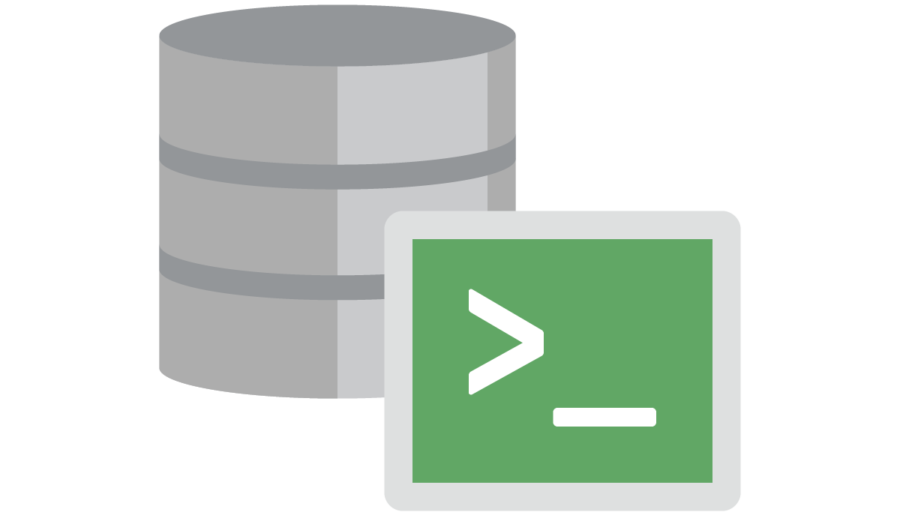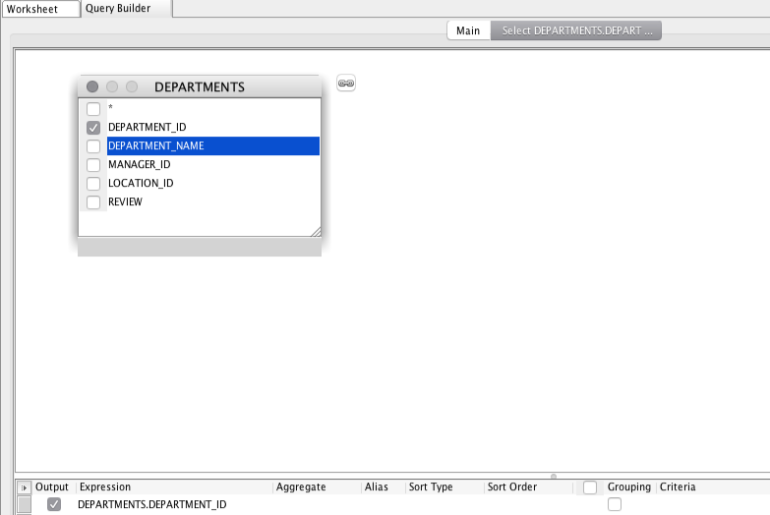JSON – it’s the new whiz bang. JavaScript has taken off, and you don’t need to take my word for it. And with JavaScript comes JSON. There are so many libraries on GitHub that are about turning data into really slick web and mobile applications. We have our own set of libraries available – have you heard of Oracle JET? So JSON is here for awhile. What can you do with it? Well, you know…
When I make jokes about copying and pasting code from StackOverflow or Github, I’m not really joking. But in this case, it’s OK. Because, I’m copying and pasting code from OUR GitHub project, AND my boss wrote the code. A question came in, and it’s come in a few times, but here’s the most recent variant: @Rumtis no way – you’ll need to write your own custom formatter with the SCRIPT (js) command— SQLcl (@oraclesqlcl)…
I made some small, but important changes to my SQL Developer Tips & Tricks slide deck. changed up the order – the first two tricks ARE THE MOST IMPORTANT now optimized for SlideShare – hopefully easier to consume in case I’m not there to narrate/live demo added a few teasers for SQLcl I really, really need about 90 minutes to do this session ‘proper’ in the real world. But, it will only take you a…
I got a question from our internal mailing list… I would like to know how I can view historical SQL tuning recommendations in SQL Developer 4. I don’t want to run the sql worksheet manually but view the automatic recommendations as the query has been running already for several days now. I’m guessing their query hasn’t been running for several days, but has been executing multiple times over several days, so if the Automatic SQL…
I said there were 8 ways to avoid using SELECT * FROM queries in SQL Developer – but I didn’t actually count them. So let’s do that now. @MarkusHohloch @tobias_arnhold there's about 8 ways to get columns to your query— OracleSQLDeveloper (@OracleSQLDev) November 23, 2016 But wait, what’s wrong with SELECT * FROM queries? you don’t need all the columns columns can change columns can be added columns can be removed At some point, your…
We by default don’t store certain things in your SQLcl HISTORY list – like CONNECTs. For obvious reasons, it’s best not to store certain things, either for convenience or for security. Here’s how that is controlled. SET HISTORY BLACKLIST command1, command2, …, commandN An example: So I previously added ALTER to the list, and just now added DESC. And then I ran a few commands that use those blacklisted commands. Now let’s check our HISTORY.…
I had the privilege of spending a few days in Argentina and Brazil last week presenting on all things SQL Developer. It turns out, they enjoy the very same tricks that folks everywhere else do – especially the split editors and multiple tab groups. Here’s what I’m talking about. This works for tables too! So that’s cool. Now let’s show you how to view multiple files/objects/documents/windows at once. So, you can use this trick to…
One of the coolest features of Oracle REST Data Services v3.0 and higher, is the ability to REST enable your Oracle tables and views. You get a full REST api on your table – INSERT, UPDATE, DELETE, Select with or without predicates and sorting, and getting metadata. You can also batch load records. I’ve talked about the SELECT and GET bits before. What I’m going to show today is how to POST (INSERT) up a…
How to create ORDS users for basic auth on your Oracle Database REST APIs. You’ll supply the name of the user, its roles, and a password.
When using the data modeler, we assume when you add a foreign key, you haven’t already created the ID column. So we create that for you. Here’s what that looks like. I draw the relationship. I don’t want that. I want it to use USER.USER_ID instead. Click on the Column, and toggle it to USER_ID. When I click ‘Apply’ or ‘OK’ – the generated column goes away. If you don’t like being asked, you can…









